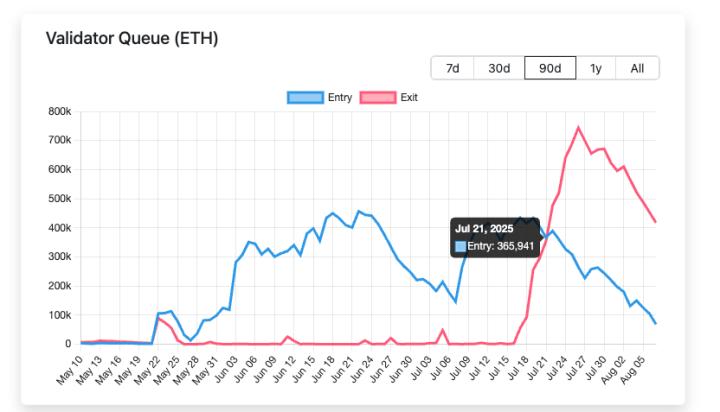President Donald Trump Threatens Up to 250% Import Tariffs on Pharmaceuticals, Emphasizing Domestic Production.
On August 5th, US President Donald Trump announced potential import tariffs on pharmaceuticals into the US could reach up to 250%, aimed at promoting domestic pharmaceutical manufacturing. In an interview with CNBC News, Trump stated he would initially impose a "small tariff" that would gradually increase to 150% and potentially peak at 250% within one to one and a half years.
"Within a year, maximum a year and a half, this number will increase to 150% and then to 250% because we want pharmaceuticals to be produced in our country," Trump emphasized.
Although he did not specify the initial tariff rate, Trump previously mentioned in February that tariffs on pharmaceuticals and semiconductors could start at 25% or higher. By July, he had increased pressure by threatening 200% tariffs on these items.
The US government is currently conducting a national security assessment of the pharmaceutical and semiconductor industries. This is considered a preparatory step for potentially implementing detailed and targeted tariffs for specific sectors.
In addition to import tariff policies, President Trump also discussed progress in trade negotiations with China. He revealed that both sides are moving closer to an agreement and did not rule out the possibility of meeting with Chinese President Xi Jinping before the end of the year if terms are agreed upon.
"He has requested a meeting, and it is very likely I will have a meeting before the end of this year if we reach an agreement. If not, I will not meet," President Trump told CNBC.
Previously, US Treasury Secretary Scott Bessent indicated that Washington has made positive progress towards an agreement with Beijing, especially after a meeting between officials from both countries in Stockholm (Sweden) aimed at resolving long-standing economic differences.









